
French Toast – Arme Ritter – Pain Perdu – Fotzelschnitte – Torejas
Pane-Bistecca
French Toast – Arme Ritter – Pain Perdu – Fotzelschnitte – Torejas! It’s really interesting to see how international such a simple meal like French Toast is. Nowadays this poor people dish has become a dessert for many posh restaurants!
The earliest known reference to French toast is in the Apicius, a collection of Latin recipes dating to the 4th or 5th century; the recipe mentions soaking in milk, but not egg, and gives it no special name, just aliter dulcia “another sweet dish”.
Under the names suppe dorate, soupys yn dorye, tostées dorées, and payn purdyeu, the dish was widely known in medieval Europe. For example, Martino da Como offers a recipe. French toast was often served with game birds and meats. The word “soup” in these names refers to bread soaked in a liquid, a sop.“
The usual French name is pain perdu “lost bread”, as it is a way to reclaim stale or otherwise “lost” bread. It may also be called pain doré “gilded bread”. The term pain perdu was formerly used metaphorically to mean sunk costs.
A fourteenth-century German recipe uses the name Arme Ritter (“poor knights”), a name also used in English and the Nordic languages. Also in the fourteenth century, Taillevent presented a recipe for “tostées dorées”.
There are fifteenth-century English recipes for pain perdu.
An Austrian and Bavarian term is pafese or pofese, from zuppa pavese, referring to Pavia,Italy.
In France, pain perdu may be eaten as a dessert, a breakfast, or an afternoon tea snack (“goûter”).
Hong Kong–style French toast Hong Kong–style French toast is made by deep-frying sliced bread dipped in beaten egg or soy, served with butter, and topped with golden syrup or sometimes honey. It is typically made as a sandwich, with a sweet filling. It is a typical offering in Hong Kong teahouses (cha chaan teng).
Torrija is a similar recipe traditionally prepared in Spain for Lent and Holy Week. Torrijas or torrejas were first mentioned by the Spanish composer, poet and playwright Juan del Encina (1468-1533) in his Cancionero, published in 1496. In “Anda acá pastor” one reads: “En cantares nuevos / gocen sus orejas, / miel e muchos huevos / para hacer torrejas, / aunque sin dolor / parió al Redemptor”. (partly from Wikipedia)
The earliest known reference to French toast is in the Apicius, a collection of Latin recipes dating to the 4th or 5th century; the recipe mentions soaking in milk, but not egg, and gives it no special name, just aliter dulcia “another sweet dish”.
Under the names suppe dorate, soupys yn dorye, tostées dorées, and payn purdyeu, the dish was widely known in medieval Europe. For example, Martino da Como offers a recipe. French toast was often served with game birds and meats. The word “soup” in these names refers to bread soaked in a liquid, a sop.“
The usual French name is pain perdu “lost bread”, as it is a way to reclaim stale or otherwise “lost” bread. It may also be called pain doré “gilded bread”. The term pain perdu was formerly used metaphorically to mean sunk costs.
A fourteenth-century German recipe uses the name Arme Ritter (“poor knights”), a name also used in English and the Nordic languages. Also in the fourteenth century, Taillevent presented a recipe for “tostées dorées”.
There are fifteenth-century English recipes for pain perdu.
An Austrian and Bavarian term is pafese or pofese, from zuppa pavese, referring to Pavia,Italy.
In France, pain perdu may be eaten as a dessert, a breakfast, or an afternoon tea snack (“goûter”).
Hong Kong–style French toast Hong Kong–style French toast is made by deep-frying sliced bread dipped in beaten egg or soy, served with butter, and topped with golden syrup or sometimes honey. It is typically made as a sandwich, with a sweet filling. It is a typical offering in Hong Kong teahouses (cha chaan teng).
Torrija is a similar recipe traditionally prepared in Spain for Lent and Holy Week. Torrijas or torrejas were first mentioned by the Spanish composer, poet and playwright Juan del Encina (1468-1533) in his Cancionero, published in 1496. In “Anda acá pastor” one reads: “En cantares nuevos / gocen sus orejas, / miel e muchos huevos / para hacer torrejas, / aunque sin dolor / parió al Redemptor”. (partly from Wikipedia)
Ingredients
2 Eggs
1 tsp Sugar
1/2 tsp Cinnamon
1 Pinch of Salt
200 ml Milk
some Butter
4 Slices of Toast Bread or day old Bread (bit here I would use a fresh Brioche bread, so you can serve it as a dessert!)
Instructions
1
Step 1
Beat the eggs with the sugar, cinnamon and salt, then add the milk and mix well. Let the bread slices soak in this mixture, turn them over once. The longer they soak the better.
2
Step 2
Melt the butter in a wide pan and fry the bread slices in it on both sides until well browned.
3
Step 3
Put the slices onto plates, drizzle with honey or golden syrup, sprinkle with a mixture of sugar and cinnamon and serve! Or you serve them with ice-cream and berries as a dessert.
Notes
Delicious!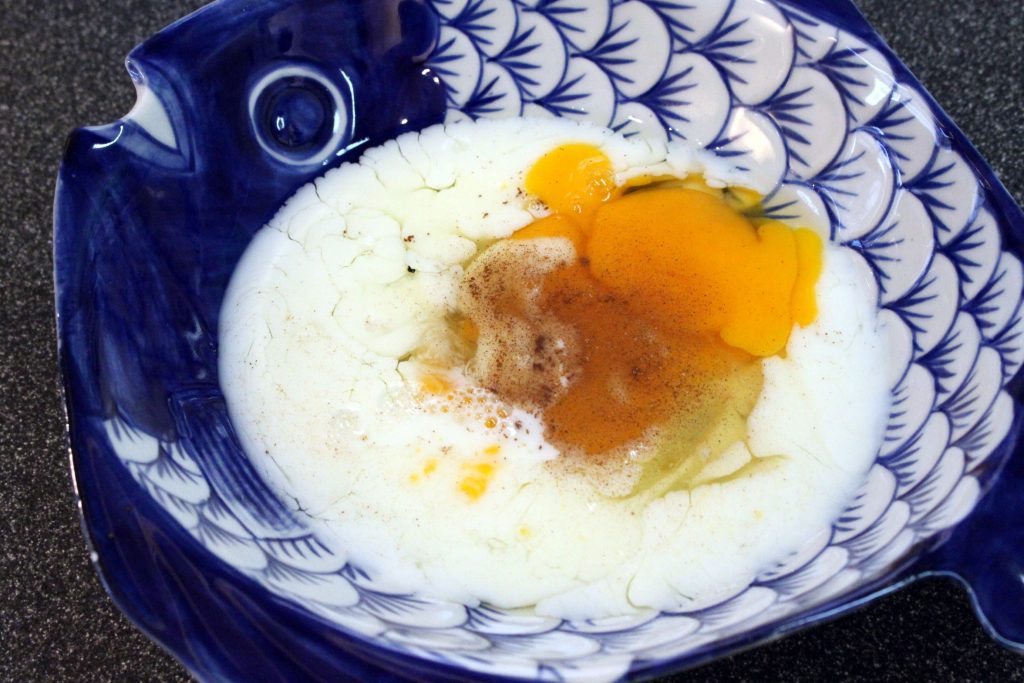
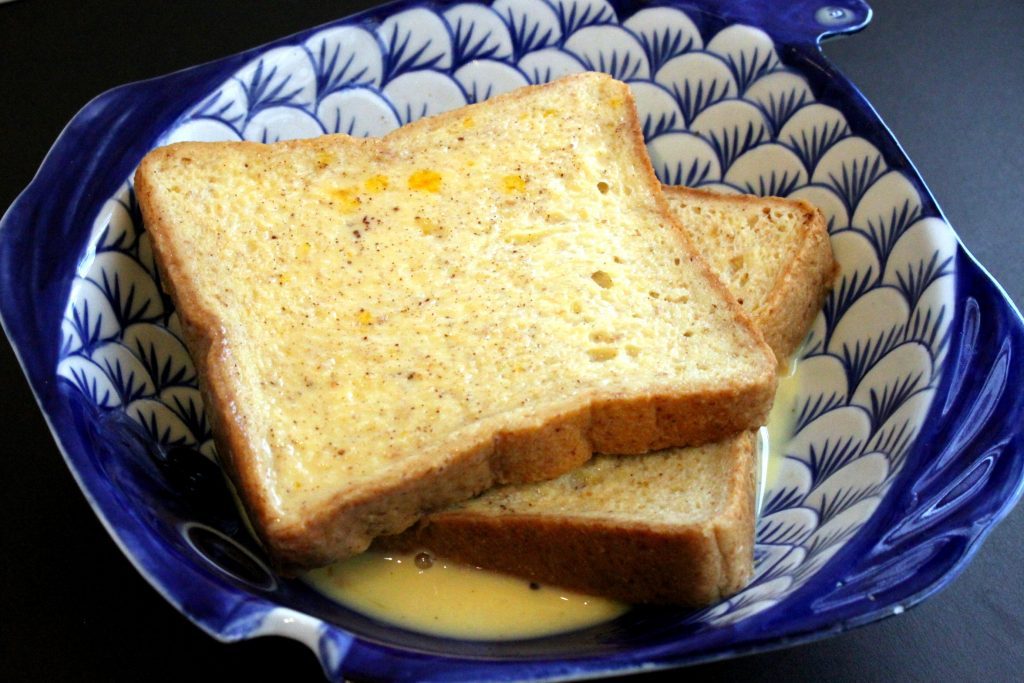
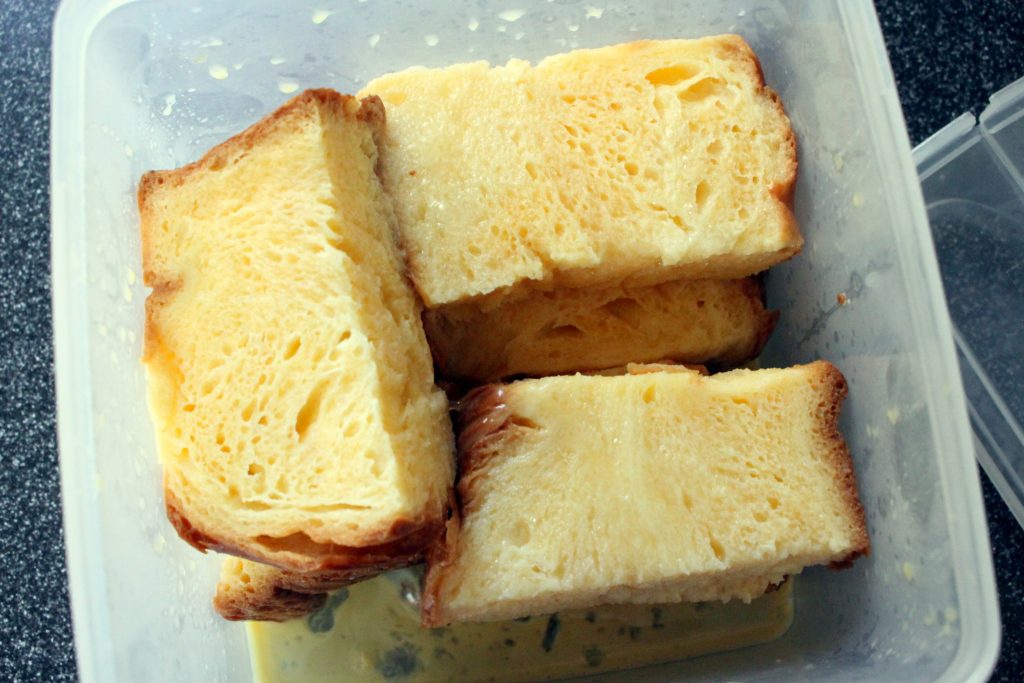

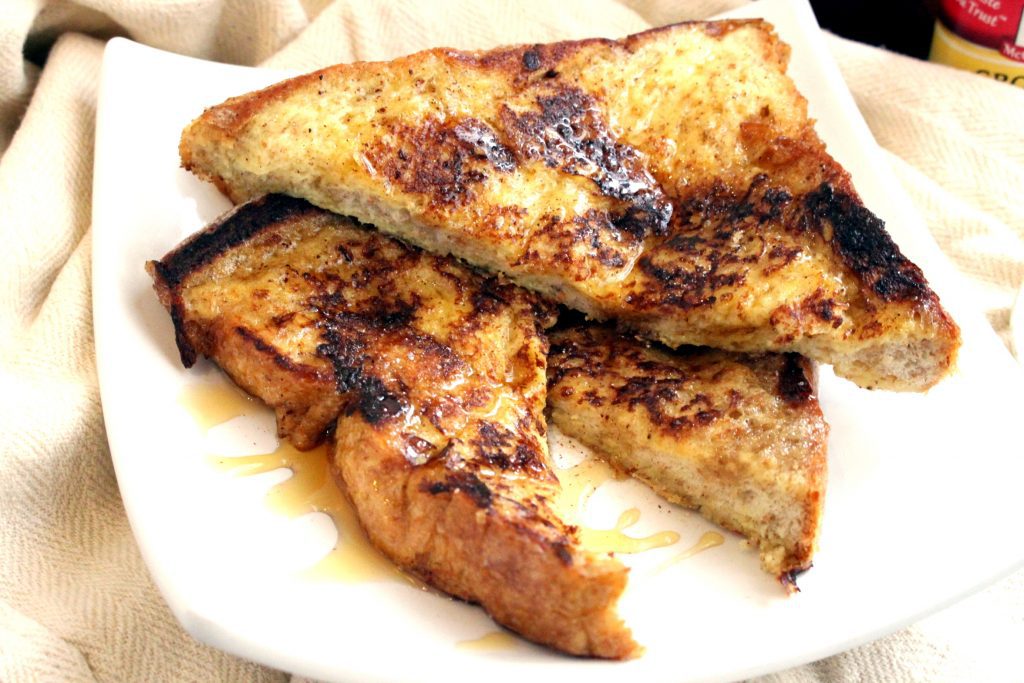
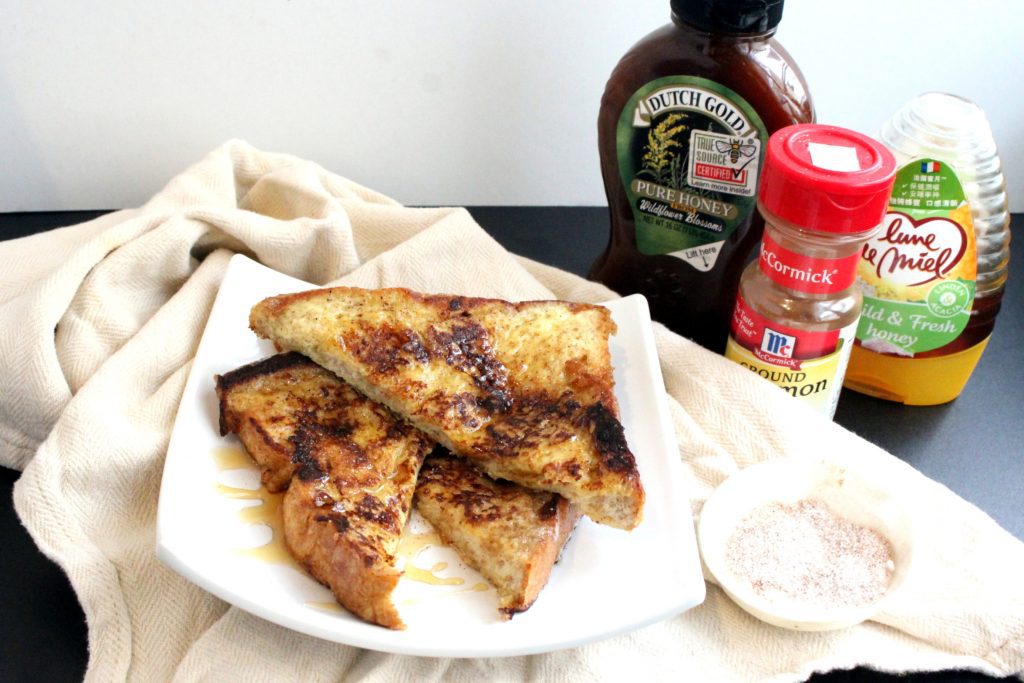
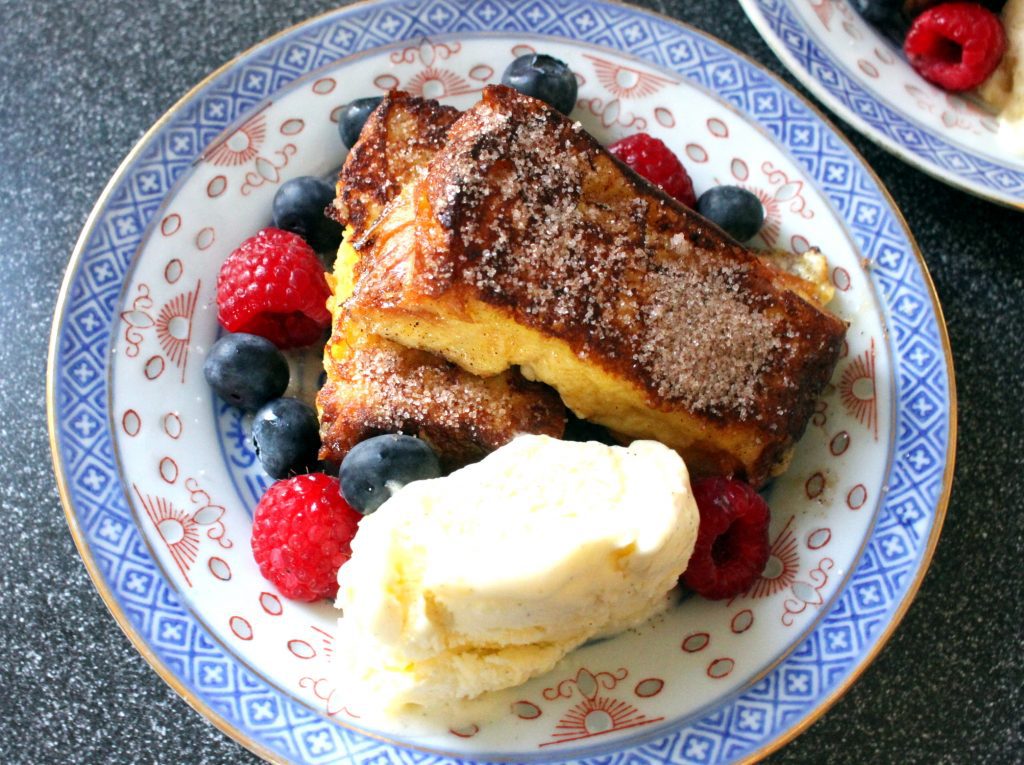

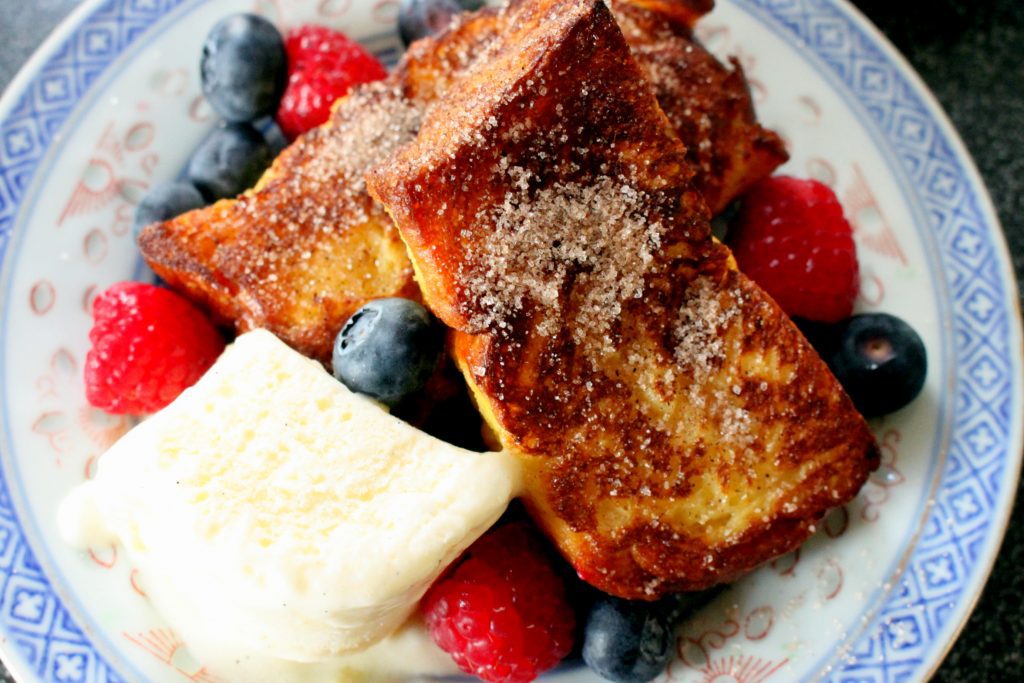





![Validate my RSS feed [Valid RSS]](https://pane-bistecca.com/wp-content/uploads/2024/05/valid-rss-rogers.png)